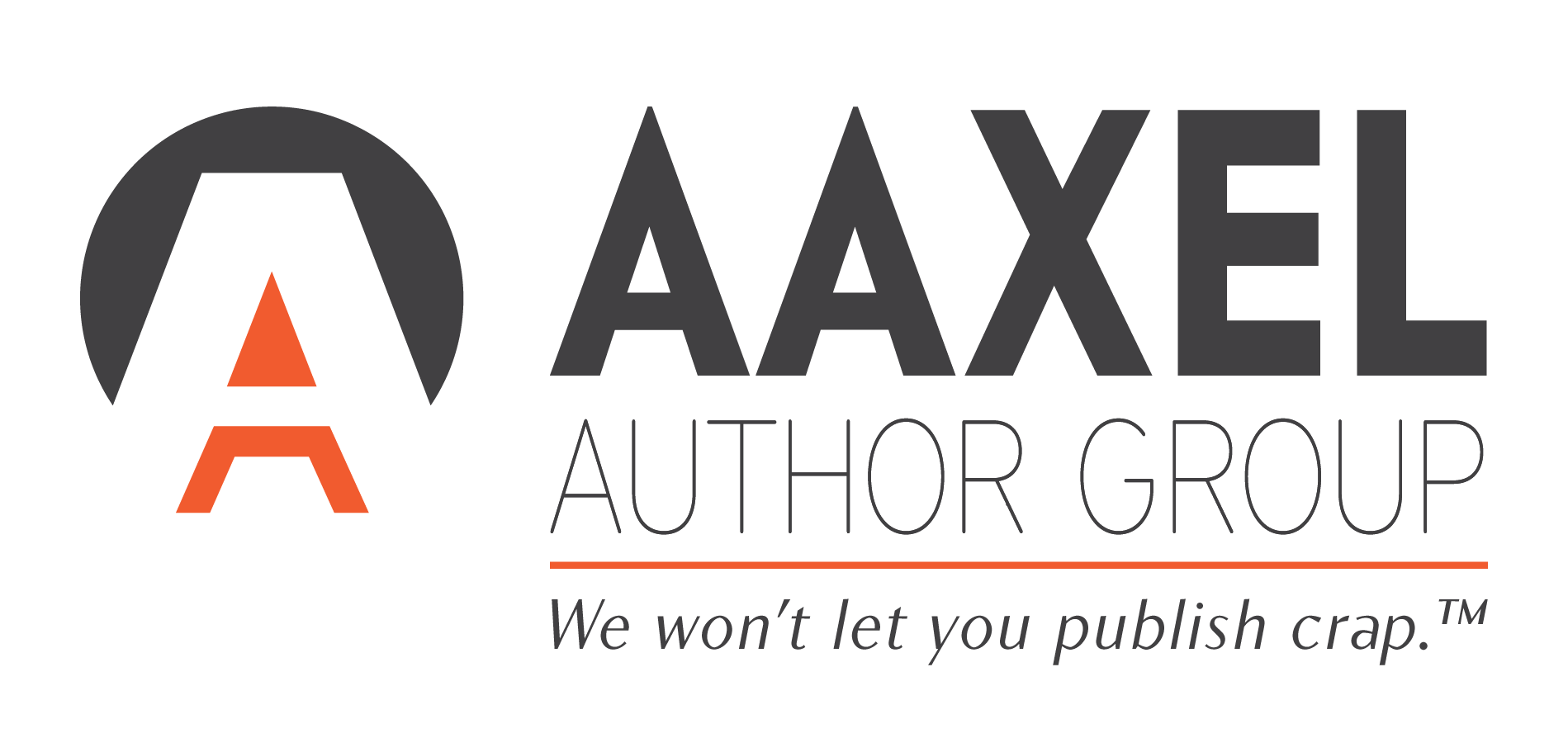Best Practices for Developing
Your Author Website
Guest post by Kevin Rice, Website Designer & Digital Marketing Expert
Building an author website is essential for promoting your work, establishing your online presence, and connecting with readers. When designing your website, following best practices can ensure the final product is effective, user-friendly, and meets your business goals. Here are some key best practices to consider:
1. Simplicity of Design
While your website’s design and appearance are certainly important, most people aren’t on your website for the look of it. Visitors to your page may be searching for specific information. This is why you want to simplify your website’s design, focus on what you want visitors to do and not overwhelm them with unnecessary design elements and lengthy text.
Here are some key points to keep in mind for your website elements:
-
- Colors: Don’t overuse color – less is more! Try to stick to a maximum of 5 different colors so you don’t overwhelm your audience. Implement complementary colors and consider using high contrast colors to highlight key messages, such as calls-to-action.
- Fonts: Choose typefaces that are highly legible. Stay away from fonts that are too “artsy” or complex. Keep in mind that most people will view your website using their phones – and on a smaller screen, an intricate font will be harder to read.
- Graphics: Use graphic elements sparingly. Only include relevant ones that will be helpful for visitors to your website, such as those that help a user complete a task or specific function when exploring your website.
2. Website Structure
Closely tied to simplicity, planning out the structure and ease of navigation on your website is crucial. Ideally, when a user is on your website, they shouldn’t have to think about where to click next. Moving from point A to point B should be an easy, frictionless process. The goal is to lead users to a desired action in a way that feels natural.
A big challenge in web design is having a unique design that also adheres to user expectations. Most people are quite savvy with websites – your visitors know how to find where to go, and there are specific conventions that users are accustomed to. Here are some conventions to keep in mind:
- A main navigation menu at the top of a page.
- Logos aligned at the top left or centre of a page.
- Clickable logos, and an icon to bring users back to the homepage.
- Links and buttons with different colors that stand out from the website text copy.
- A consistent layout across each website page.
- Videos that can be paused, muted, and autoplay on mute.
- Burger icons to represent dropdown menus.
While some people might use unconventional website structure to make their page stand out, don’t make the mistake of prioritising uniqueness over functionality. Ultimately, we don’t want to break user expectations, because this can cause them to feel uncomfortable and even frustrated with your site. There are plenty of opportunities to be creative while staying within the confines of having a conventional website
3. User-Friendliness
With the rise of mobile devices, it’s becoming more important to ensure your website is compatible with the different devices that your readers are using for viewing. In the industry, we call this responsive design. Responsive design means investing in a highly flexible website structure. You want your text and image content to automatically resize and reshuffle to fit the dimensions of any device a visitor happens to be using. This ties back to having a simple and clear website structure and content. Ultimately, it’s most important to provide an optimal experience no matter the device, rather than having a website display identically across various devices.
Web design is largely subjective – your website’s look and experience aren’t going to please everyone. However, these guidelines are tried-and-true principles that, when carefully considered and incorporated, help users feel more at home. Imagine yourself in the shoes of your visitors and keep them in mind in every step of the design process and you’ll be well on your way to having a robust and professional author website.
Kevin Rice has nearly a decade of experience in website design, IT support and digital marketing. He is the founder of Rice Digital.
Now that you have all the technical stuff down, check out our blog post on author website must-haves to learn more about the specific elements your website needs.
Are you seeking help with your author website? The Aaxel Author Group designs sites for authors across all genres. Contact us to learn more!
